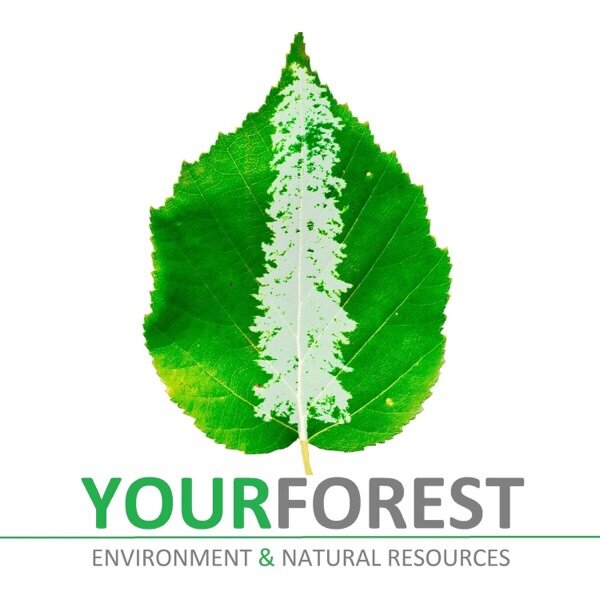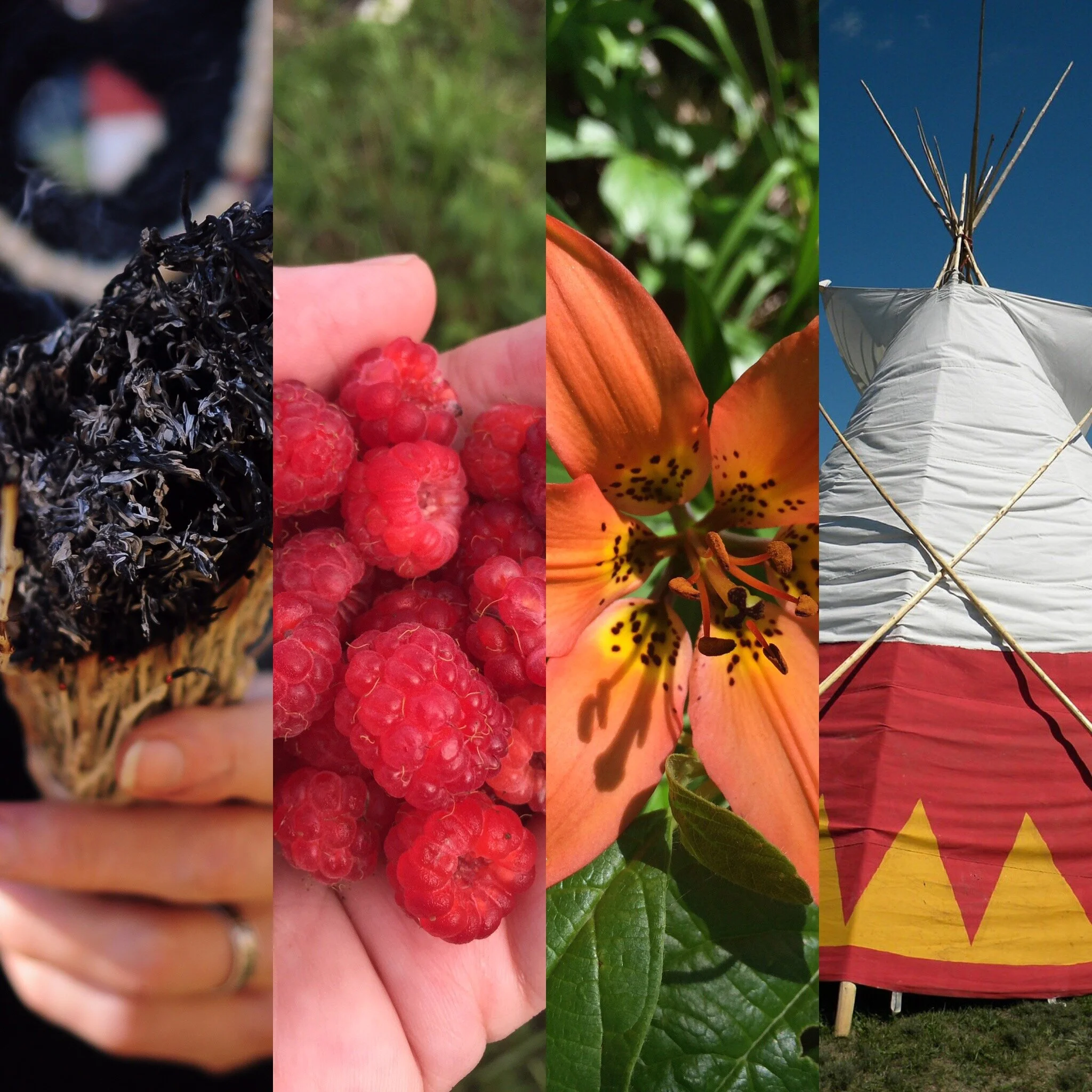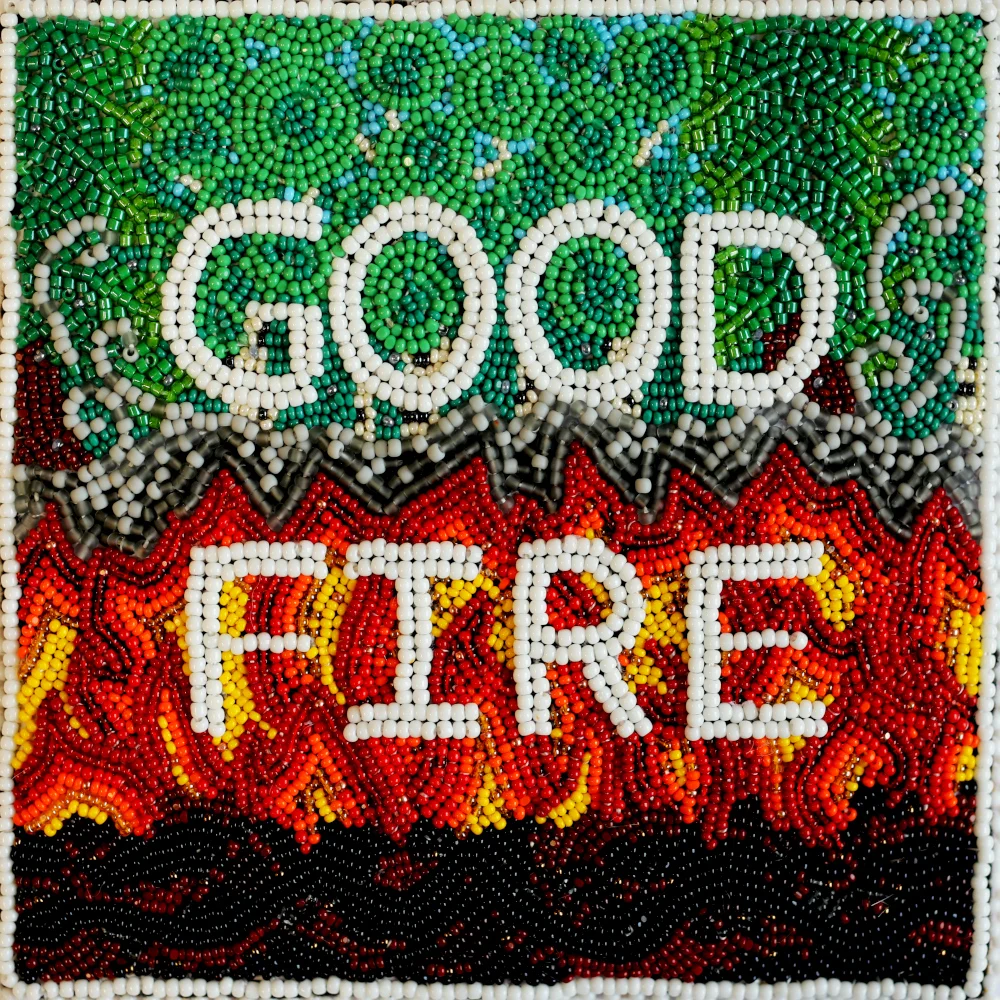We all understand that climate change is bad and that we should do something to stop it, but why then do we all struggle to put our money where our mouth is. People want to invest in companies that are taking steps to reduce their carbon footprint, but they fear being made to look like a fool. Carbon markets used to be seen as a scam, a way for people to profit from climate change. But with new technology comes the ability for buyers to actually see what they are buying. Pachama is one company trying to make the carbon market more transparent and trustworthy. By using remote sensing and deep learning technology, Pachama is able to map forest carbon capture overtime, allowing buyers to actually see what they are paying for. The carbon market is one way we can put our money where our mouth is and invest in the fight against climate change.
#87-A Sustainable Future with Jeremy L. Caradonna
Sustainability is a buzz word in our society today. Everyone hears the word, but do we really understand the idea? Sustainability encompasses all aspects of human life, it helps us to define our success on this planet from economic prosperity, social justice, healthcare, happiness, and of course environmental integrity. Sustainability is the way forward. In his book, Sustainability-A history, Jeremy L. Caradonna describes not only the history of the sustainability movement but the benefits of, and arguments for, why it is our best hope to continue to thrive as a society deep into the future. Sustainability is in everyone’s best interest.
#86-Recreation and Education during COVID with Todd Zimmerling and Ellen Macdonald
Getting outdoors during this pandemic has been stressful. Which it is not supposed to be. Where are the lines we don’t want to cross? The lines between keeping yourself and the public safe and enjoying your outdoor activities. Should you see friends outside? What about traveling to your favorite lake or hiking trail? The Alberta Conservation Association weighs in on how we can all be safe and still enjoy the outdoors. Then we speak to Ellen Macdonald from the University of Alberta about how post-secondary has been affected? How do you keep students engaged? Test them? Do research? Most importantly, keep their education coming and not hold back the careers of our future environmental leaders.
#85-Birds, Jobs and a Pandemic with Patti Campsall and Brock Mulligan
So a global pandemic has ruined your hiking plans. Clearly, there are more important things to worry about right now, but getting out in nature is how many of us relax and reset. How can we enjoy the outdoors and help ourselves manage the stress of our situation without putting public health at risk? How can we connect to nature when we are stuck inside? On the other hand, what about our jobs? What about the mills we depend on for sustainable materials. The material we use to build our homes and make medical-grade masks. How are our sustainable business coping with the pandemic?
#84-Lost Landscapes with Patricia McCormack
The majority of northern Alberta is covered in thick forest, but it may have looked very different only 100 years ago. What is now dense mixedwood forest once contained a vast network of grasslands, supporting the iconic bison and a multitude of First Nations people. This landscape has been changed, not because people took it over, but because they were kicked out. First Nations people used to burn this landscape at regular intervals in order to maintain grassland ecosystems that supported their way of life, as well as the many species that depended on it, like the bison. In the 1920’s, First nations people were prohibited from practicing their cultural traditions, and wildfire suppression became the policy of the day. As a result, the forest took over and we lost a very unique landscape. Dr. Patricia McCormack tells us about how we know this happened and what we can learn from it.
#83-Forgotten Icons With Greg Wilson
Imagine traveling across the grasslands of North America and needing to take a three-day rest stop between destinations because there is a heard of 100,000 Bison slowly grazing their way across the landscape. That would have been the norm less than 200 years ago. Before the commercial hunt of the late 1800s, tens of millions of these bovine behemoths covered the land. They were the most prominent large mammal on the continent for thousands of years, shaping landscapes, creating habitat and defining the wild. From a low of roughly 1000 individual Bison in the 1880s, today we have managed to bring back this species from the brink of extinction through 100 years of hard-fought conservation efforts. Bison were crucial to the original inhabitants of Canada roughly 13,000 years ago and they are responsible for building the thriving economy we enjoy today in North America. We owe Bison a great deal.
#82-Travel Back In Time with Trisha Hook
How can we find proof of what happened in the past? Written accounts by the people of the day are helpful, but how can we prove what they are saying is factual and not just one person’s biased assessment? Luckily, when it comes to our natural world we have the most reliable eye witness…trees. Tree rings hold within them the story of the past, they can tell us all kinds of things about climatic conditions, fires, floods, droughts, forest pest outbreaks, and more. Archeology holds tree ring data as one of the most dependable timestamps, they even use it to truth carbon dating. The study of tree rings, Dendrochronology, is a fascinating world of discovery that has delivered much to our understanding of the past, and therefore our future.
#81-Bogged Down with Ducks Unlimited: National Boreal Program
Where does your drinking water come from? What protects your home from floods? Where is 60 percent of all the carbon stored in Canadian soils? What provides habitat for countless species of ducks, songbirds, insects, and rodents? … Wetlands.
The National Boreal Program of Ducks Unlimited Canada watches over the roughly 1 million square Kilometers of wetlands in Canada’s Boreal Forest. If you want an answer about wetlands, you talk to them. So that’s what I did. The National Manager for the Boreal Program Kevin Smith and a Remote Sensing Specialist Michael Merchant came on the podcast to discuss their work and the importance of wetlands to society and the integrity of our natural world.
Photo credit to ©DUC
#80-Woodland Caribou Restoration with Scott Nielsen
An ice age relic living among us, Caribou are perhaps a remnant of an age long gone. Woodland Caribou are a beautiful, important, and yet many claim, a very poorly adapted species. In the cold northern wetlands of the Boreal forest, they have survived by living out of reach of predators. Woodland Caribou occupy a delicate niche that is highly susceptible to change. As such, they are at increased risk of extirpation. In Canada, there is a growing effort to help restore Woodland Caribou habitat to a state that allows for sustainable populations to exist. One major hurdle facing restoration is the vast network of seismic lines that riddle the Boreal forest from oil and gas exploration. Millions of kilometers of straight lines through the forest canopy open up travel for predators. Couple that with climatic changes and low birth rates, and this delicate species is facing a challenging future. Luckily, there is hope. Many companies have dedicated funding to research and restoration efforts to find answers to the caribou problem. Scott Nielsen’s Applied Conservation and Ecology Lab has found some answers.
#79-One Last Cast with Bruce Masterman
Many people spend much of their time in the outdoors hoping to achieve something. Whether it’s hiking to the peak of a mountain, catching the biggest fish, harvesting an animal, or running the furthest distance, we often forget to enjoy the little things. Bruce is a lifelong outdoor writer, and he prides himself on being able to capture the emotion of a moment, allowing his readers to feel that moment again. His attention to the little details allows readers to journey to memories they forgot they had. Bruce is not trying to sell an idea or opinion, just providing a connection to our own memories of the outdoors. His book “One Last Cast- reflections of an outdoor life” is an incredible journey for all readers to find their own wilderness ideas within themselves.
Outro song “The Creek” was written by Edmonton musician Sarah Masterman and performed by herself and Nadine Veroba.
#78-Living with Grizzlies with Courtney Hughes
Living harmoniously with wildlife is not something western society has been able to do very well in the past. That being said, in the last few decades we have witnessed a societal push for more sustainable management of our wildlife species and wild places. With these values in mind we find ourselves asking what can we do better? How can we alter our own behaviour in a way that makes living with bears easier. Courtney Hughes has been researching the social dimensions of bears, and other wildlife, for years now and has some thoughts on how we can create successful interactions between bears and all land users.
#77-Real World Adaptation with Sheri Andrews-Key and Mark Johnston
Climate change has already begun to cause problems for forest management in Canada. These challenges can be difficult to recognize, and even more daunting to solve. However, with some change in perspective, we can begin to find simple solutions to large problems. Sheri and Mark have dedicated their professional lives to finding ways to help industry, and other stakeholders, tackle this seemingly overwhelming challenge of adapting to climate change. This problem does not require a new management system, just a new perspective and real engagement.
#76-Indigenous Consultation with Nathan Lauer
Indigenous people have lived in the Boreal forest since time immemorial, depending on the land for the health of their culture and community. Since colonization, it has become increasingly more difficult for them to acquire what they need as more and more people utilize the resources for their own purposes. As environmental professionals we have a professional and moral obligation to, first and foremost, protect the public resource. Those resources include indigenous rights and traditional use. More needs to be done to create an environment of cooperation and trust so that we can move into the future together to create a better tomorrow for everyone. During this conversation, we do an overview of a conference put on by the Canadian Institute of Forestry regarding indigenous consultation. Lots of emotion, frustration and great conversation.
#75-Changing Regeneration with Phil Comeau
How can we sequester more carbon, reduce the use of herbicide, produce more wood fibre, all while approaching a more "natural” method of forest regeneration? Phil thinks there may be a way. We discuss how the Boreal forest regenerates naturally, how we have historically regenerated after forest harvest and why there is such a gap between these two things. The first 27 minutes is just an overview of natural succession, setting the foundation for this discussion. Then we jump into the nitty gritty details of why it may be important to start transitioning cutblock regeneration into something more approaching natural forest succession, and how we can start to do that.
#74-Grizzly with Scott Nielsen
Grizzly bears are the second-largest land predator on the planet, next to the polar bear. They hold such mystique and wonder in our society and have come to represent "true wilderness" in the eyes of many. They are a truly incredible animal that needs to be protected for future generations to enjoy. Scott and I discuss the state of grizzly bears in Alberta, population levels, habitat, etc. We eventually get to talking about the effects of human disturbance on grizzly population numbers and how we can better manage our forests for these massive creatures. The answer may be more complicated then you think.
#73-Objectivity in Sustainability with Todd Nash
Forests hold many values for human kind. From housing species at risk and cleaning our water supply to economic prosperity and cultural empowerment. Objectivity, in deciding which of these values needs attention, is needed to make sure we don’t get over-focused on one specific issue while neglecting the others. The Forest Resource Improvement Association of Alberta (FRIAA) is an organization dedicated to improving forest resources for the people of Alberta. This means staying objective while deciding which programs to fund. Todd Nash is the Manager of FRIAA and came in to talk about how the success of this non-profit has lead to better forests for everyone and how we can maintain objectiveness in management.
#72-Burning in Australia with Amy Cardinal Christianson, Trent Nelson and Tim Kanoa
‘Good Fire’ is a podcast series about cultural burning around the world. I was fortunate enough to get to be a part of the conversations, even though my contribution was often one of ignorant questions. It is a great series that delves into the conversations around cultural burning and its impacts on local communities and environment. Today’s episode is the second of the ‘Good Fire’ series, we spoke to two gentlemen in Australia about their connection to the land and what burning means to their mobs and the larger Australian public.
#71-Importance of Biodiversity with Tara Narwani
What makes biodiversity so important? Why is it so often discussed in environmental writing? How do we measure what a healthy amount of biodiversity looks like? Can you have too much, to little? What about human impact and its effect on biodiversity? Tara Narwani is the science communicator at The Alberta Biodiversity Monitoring Institute (ABMI), and she came on to discuss these questions.
#70-The Great Fire with Peter Murphy
In 1919, soldiers were returning home from World War 1, the average family was getting around using horses, and the new population of Canada was seeking to settle into farm country and prosper. Clearing land was an essential part to homesteading back then, as such, many fires were lit to burn brush to build “productive” agriculture land. With no resources available to fight forest fires, once a fire was lit it tended not to stop. With over 2 million hectares burned over 10 days, multiple fatalities and burned communities, this fire was one of the largest and most catastrophic wildfires in Canadian history. Peter J. Murphy has spent the last 3 and a half decades researching these fires that were almost lost to the history books. An incredible story.
#69-Grind and Pound with Wilson Sihlis
Grind and pound…I bet you didn’t expect this episode to be about tree planting, did you? But apparently that’s exactly what’s needed to be a good tree planter, you have to ‘grind’ your way through the bad weather and rough terrain, and ‘pound’ your way through tree after tree until the workday is done. Wilson spent 10 years in this world grinding and pounding trees till the cows come home. He has since joined the planning side of the plant and is a silvicultural forester organizing plants and many other crucial aspects of forest regeneration. We discuss the reality of planting and get into some of the basics behind how we decide what to plant where and why.





















